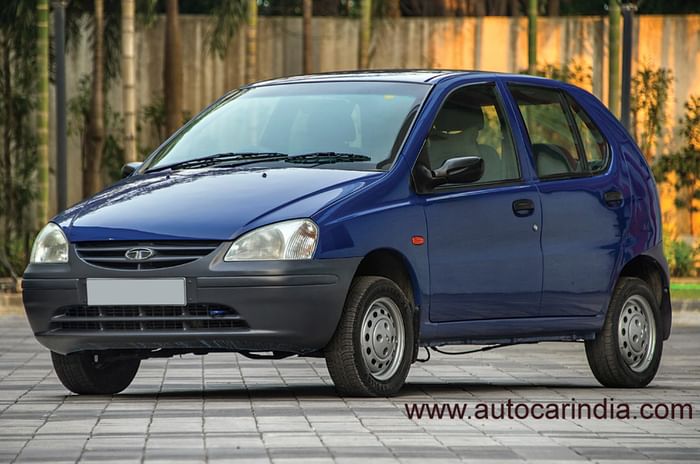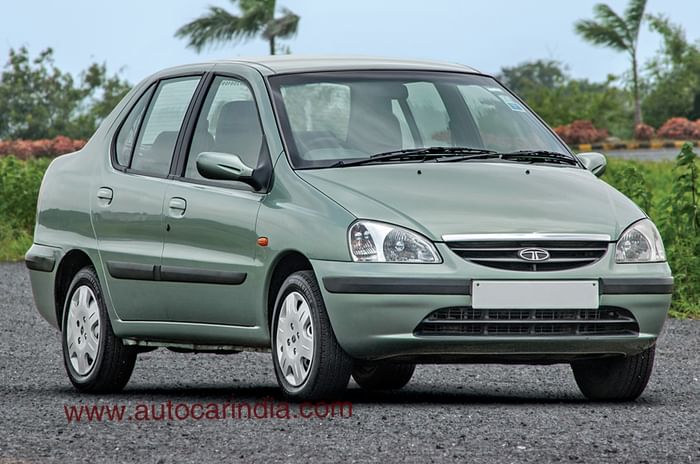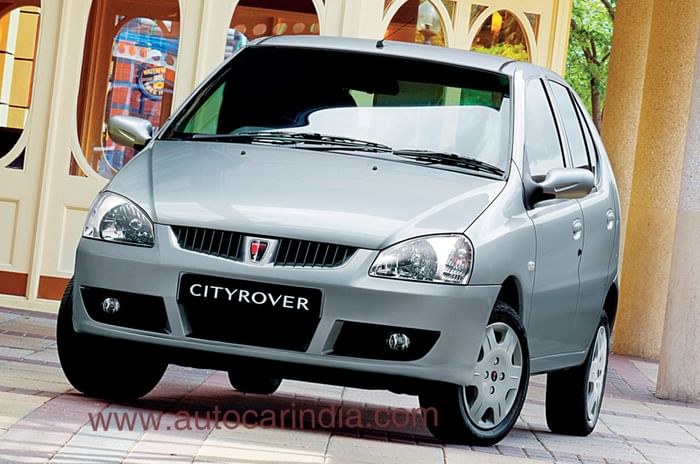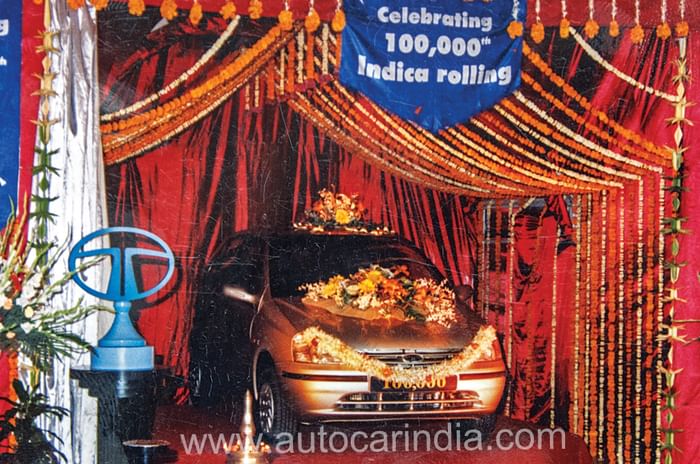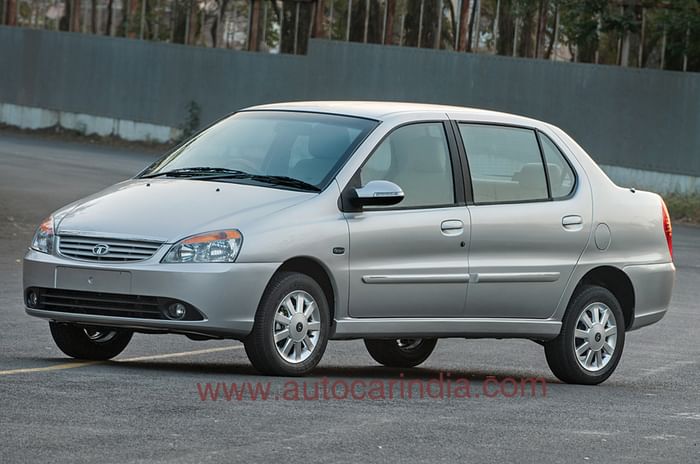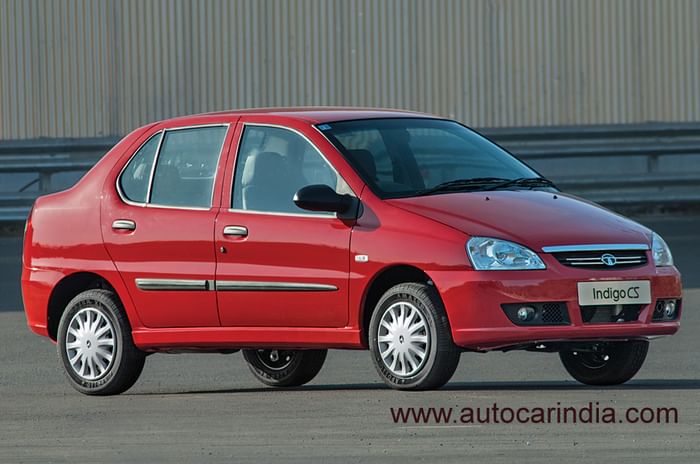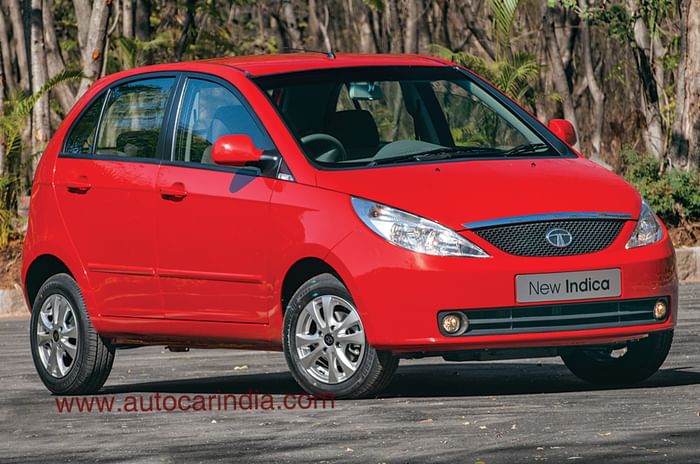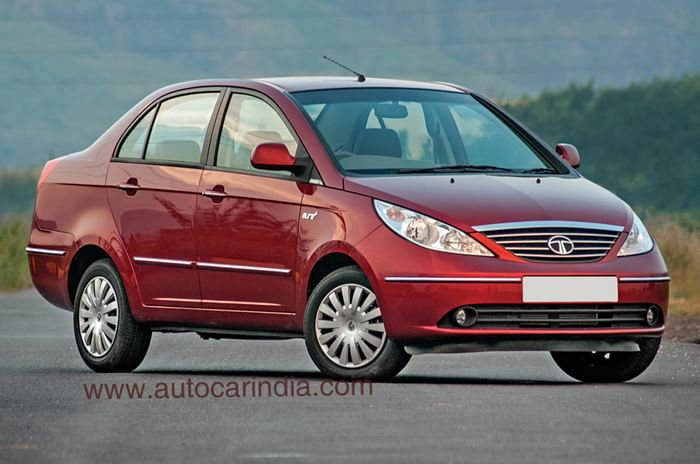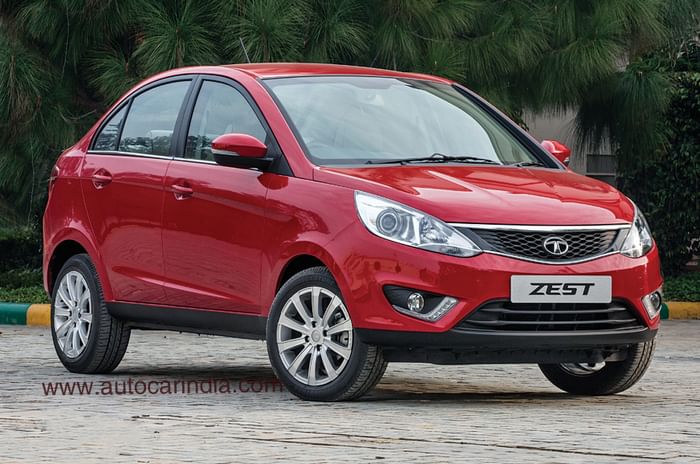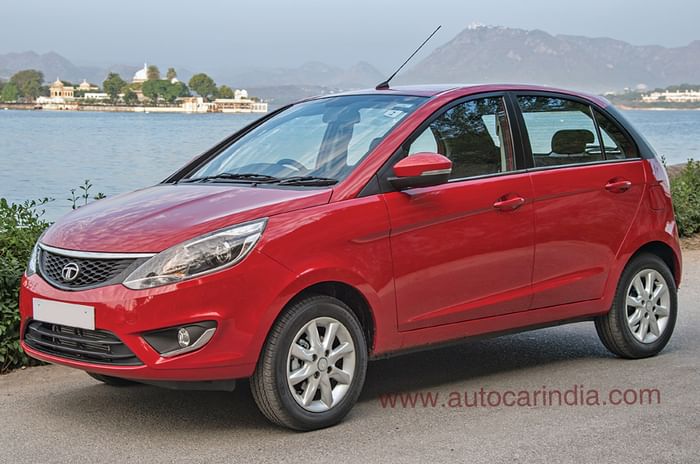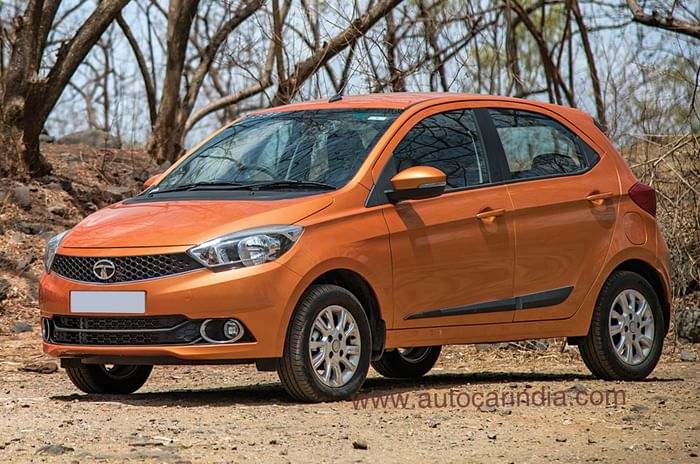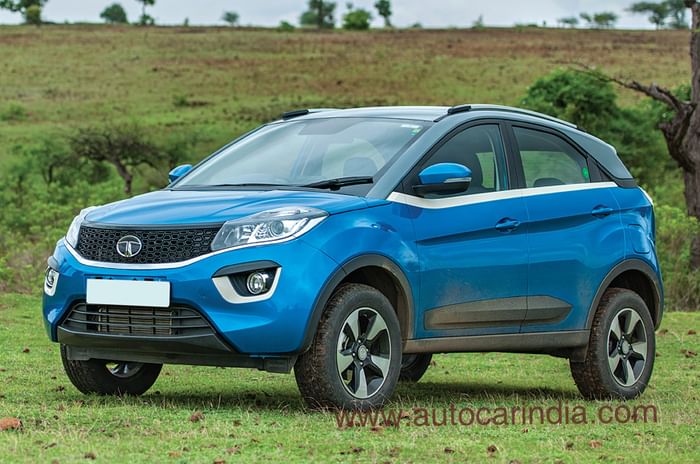At the 1998 Auto Expo, a harried Ratan Tata pushed through a sea of people to reach the exit of Hall No. 11 at Pragati Maidan. It was a cold January day but the jam-packed hall felt hot and stuffy. “I need air,” gasped the then 60-year-old chairman of Telco (now Tata Motors) who was swamped by a gaggle of media, employees, industry executives, government officials and well-wishers eager to greet and congratulate the man who had just unveiled the Tata Indica. After years of secrecy, hype and speculation that swelled around Tata’s dream to build India’s first truly indigenous car, this was the moment the automobile world was waiting for.
AN ICON IS BORN
It was a packed house that January 15th afternoon at the Telco pavilion which, spread over an acre, was by far the largest at the 1998 Auto Expo. But it wasn’t large enough to accommodate the huge melee of people, which included industry bigwigs like RSSLN Bhaskaradu (the then Maruti MD), Anand Mahindra, Rahul Bajaj and CK Birla.
Finally, amidst smoke, lights and spectacular pirouettes by a Ukrainian ballet troupe, the white dome covering the Indica lifted, like an oyster revealing the pearl within. You could almost hear the audience’s eyes popping and jaws hitting the ground, before they burst into thunderous applause. This was Ratan Tata’s defining moment and he poured out his feelings at the highly charged launch: “The path we chose was criticised by those who said such a task could not be undertaken by us. Having undertaken that, we now have a car that reflects the dedication and enthusiasm of the entire Telco team of young engineers.” An equally emotional Murasoli Maran, the minister for heavy industries at the time and a special invitee, called the house of Tatas ‘the Kohinoor of India’.
The Indica won the nation’s heart because of what it stood for; this was the kind of car the Indian buyer wanted but was never given.
“It would have the size of the Maruti Zen, the internal dimensions of an Ambassador and come at the price of a Maruti 800 with the running cost of a diesel,” Ratan Tata famously once said in an interview with Businessworld magazine, which summed up his vision for the quintessential Indian family car.
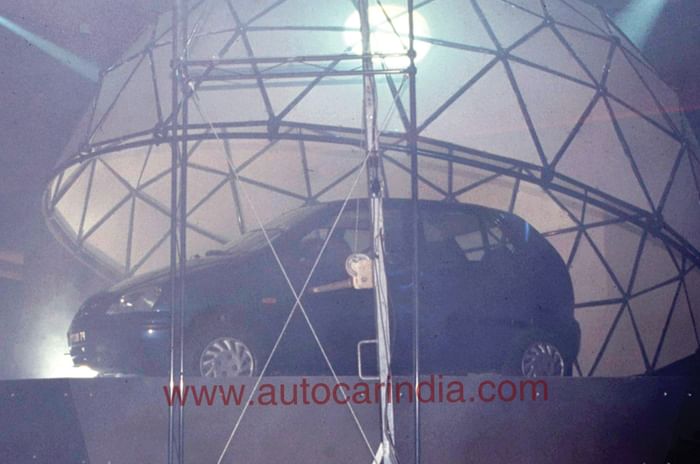
Unlike the global carmakers who rushed into a liberalised India in the 1990s with models originally conceived for their home markets and adapted for India, Ratan Tata offered a car that was tailor-made for Indian consumers.
Tata’s masterstroke, however, was the Indica’s design. Well-proportioned and drop-dead gorgeous, it looked like a contemporary hatch that had just been plucked off the streets of Europe. Nothing in India looked half as good. What shocked the industry was the fact that this stunning car came from the hands of a truck-maker with not much experience in car design. And the initial designs developed in-house proved just that. When the Telco design team presented Ratan Tata with the initial prototypes for a small car, he politely binned them. Tata knew if he wanted the car to have half a chance at success, it had to be designed by a world-class design house.
One should not forget that the Indian economy had just been liberalised, and after decades of stifling regulation and restriction, the Indian industry didn’t yet have the confidence or ambition to go abroad to acquire expertise and technology. But for Ratan Tata, that was the only thing to do.
He homed in on Italy, the Mecca of car design and finally entrusted the job to I.DE.A, a renowned
design house that created cars like the Alfa Romeo 155 and the legendary Lancia Delta.
Ratan Tata was intimately involved in the styling, and any design change had to be signed off by him. So it’s fair to say that all credit for the first proper car to bear his name goes to him.
The euphoria after the Auto Expo launch gave Tata a new-found confidence to take the car abroad, and, once again, the Indica, painted in a nail-polish pink, created quite a stir at the 1998 Geneva motor show and thrust not just Telco but the Indian automobile industry on to the world stage.
While the world applauded Telco for its outstanding effort, back home the Indica struck fear into the hearts of its rivals, including Maruti. It racked up an order book of around 1,10,000 cars in the run-up to its launch. When it was finally launched in the Indian market on December 30, 1998, at a starting price of Rs 2.6 lakh, a worried Maruti cut the price of its bread-and-butter 800 by around Rs 30,000!
GETTING IT RIGHT
But after the Indica hit the market, it wasn’t exactly a dream run. The biggest threat to the all-new Tata car came from within. Early cars were plagued with quality problems and Telco’s lack of experience in the highly complex and intricate business of making passenger cars was frighteningly obvious. What made matters worse is that the expectation from owners, after all the hoopla created, was sky high and the unimaginable demand didn’t give workers enough time to gradually ramp up production and learn the ropes of building passenger cars.
The bigger reason, however, for the Indica’s teething problems and quality issues was that the Telco workforce, used to making buses and trucks, simply lacked the disciplined and meticulous mindset needed to build a sophisticated car. It’s a culture that troubles the company even today.
As the number of complaints started rising, and word of mouth against the Indica kept growing, sales kept falling. It seemed that Telco (renamed Tata Engineering) had bitten off more than it could chew. The prophets of doom were quick to wag their fingers and bleat “I told you so”. This was a low
point in the history of the company, and during this period, Ratan Tata even considered hiving off the passenger car division. But that day never came.
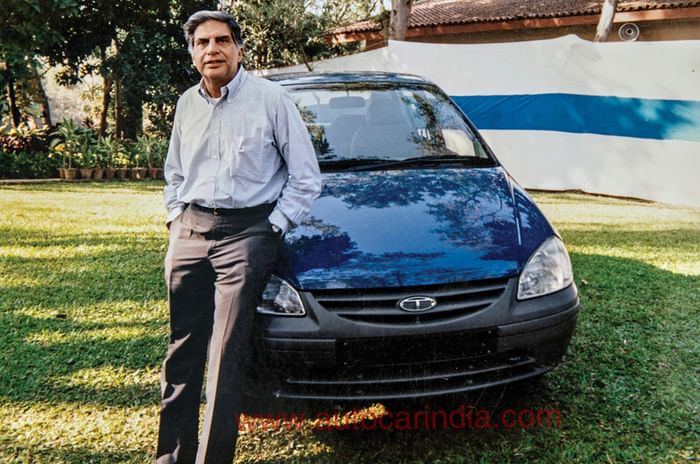
Instead, Tata Engineering’s resources were galvanised to fix all the bugs and save the Indica. This meant an overhaul of the manufacturing processes, tougher quality control to catch defects before they reached the customer and correcting some of the car’s design flaws. The result was a vastly improved car relaunched as the Indica V2 (or Version 2.0) – and one that instantly clicked. The major reliability and quality issues were finally sorted in the V2, which was the turning point for the Indica. Thereafter, it enjoyed a brilliant run for many years and was a permanent fixture at the top end of the sales chart.
Compared to its global rivals, the homegrown Indica was still crude, rough around the edges and continued to have few niggling problems but these faults were overlooked by the sheer value proposition it offered. Cheap to buy, cheap to run (it was the only diesel in its class for years) and cheap to repair, the big and spacious Indica truly lived up to its ‘More Car per Car’ marketing tag.
EXTENDED FAMILY
2002 to 2007 was the golden age of the Indica. During this period, other variants like the Indigo (sedan), Marina (estate) and CS (Compact sedan) versions were developed on the Indica’s platform. In fact, the Indigo CS invented the compact sedan segment, but at the same time, Tata missed out on developing a compact SUV on the same platform.
With the Indica, Tata went international and exported it to Europe and other parts of the world. A big breakthrough was a deal with MG Rover in 2003 to sell the Indica badged as a CityRover for the UK market. But in a short-sighted attempt to make quick profits, the ailing British carmaker overpriced it, and that placed the CityRover up against far superior rivals. Panned by the British automotive media, the humble CityRover, which fell short of international standards, couldn’t stand up to the competition and after a short innings in the UK, was axed.
This experience only spurred Tata to make an even more concerted effort in export markets, and the next-generation Indica, which got the suffix Vista, was designed with Europe in mind as well. This meant developing a left-hand-drive version and a higher level of active and passive safety to meet tougher European standards. But packaging the extras (which had no relevance in India) into the car pushed up the weight and, of course, the cost.
Though the Vista was a bigger and far better car than the original Indica with greatly improved all-round quality, it wasn’t the same runaway success. Firstly, its launch at the 2008 Auto Expo was overshadowed by the Nano, which completely stole the show that year in much the same way the Indica did 10 years earlier. Also, it looked similar to the older car and kept the Indica name too, which made car buyers think that it was a facelift and not the second generation built on Tata’s all-new X1 small car platform. Tata Motors’ decision to continue selling the profitable Indica alongside the Vista made good business sense, but it didn’t help the latter’s sales.
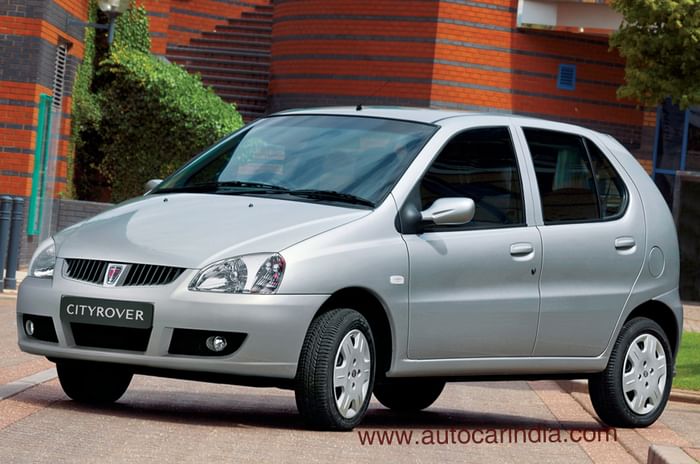
Also, against the onslaught of competition, the Indica didn’t evolve fast enough. No doubt, it got better and more reliable with every iteration and generation, but quality was always a moving target. The competition quickly cottoned on to the same template of space and affordability to out-Indica the Indica.
The X1 platform too spawned a family of cars and the frumpy-looking Indigo Manza was, in essence, the successor to the original Indigo but not quite as popular. Again, the original Indigo, which got the CS variant in 2008 cannibalised the Manza to some extent and inhibited its sales. But there was still a lot of juice left to squeeze from the X1 platform. As part of Tata Motors’ ‘HorizonNext’ strategy, the Tata Bolt (a heavily facelifted version of the Vista), and the Tata Zest (a compact sedan), both based on the same platform, were launched. The Zest, which was the first Tata car with an automatic transmission (AMT) option, became fairly popular, but the Bolt flopped – it was seen to be too similar to the Vista. The Nexon, on the other hand - also built on the X1 platform - has grabbed the hearts of buyers like no other Tata car.
Coming full circle are the Tiago and the Tigor, both of which are built on a completely re-engineered version of the original Indica platform (X0). While there is nothing in common between the Indica and the latest Tatas, the philosophy (and the 2,400mm wheelbase) remains unchanged. Indian families still want a car that is as big as possible at a price they can afford. This is what Ratan Tata foresaw 20 years ago.
It’s incredible that the original Indica sold for two decades, though towards the end, sales dwindled to double-digit figures a month. The fact is that the Indica was well past its sell-by date by more than a decade, but deep in the hinterland, it still served a purpose as a budget taxi.
Now that it has bowed out gracefully, the Indica can bask in the satisfaction that its children (X1) and grandchildren (X0) have found over two million owners and continue to be the bedrock of Tata Motors’ car business. That ‘smiling’ grille has a lot to smile about.
The bloodline

